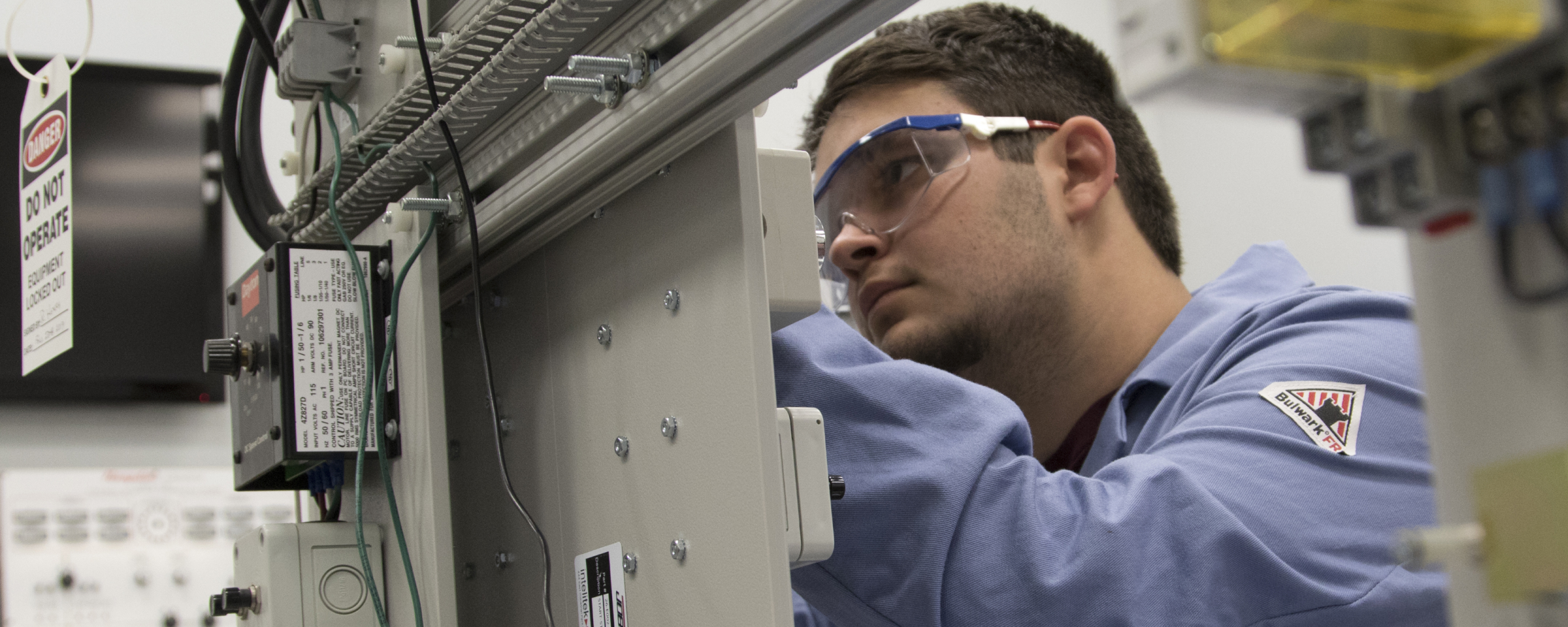
History
Our rich school history has impacted generations of students, faculty, and our community. Explore the milestones, achievements, and transformative moments that have shaped our institution into what it is today.
Our Humble Beginnings
In the post-war era, the leaders of Wharton County came together to envision a new educational opportunity in their community. In 1944, Wharton County leaders and members of a Post-War Planning Committee conceived the idea of Wharton County Junior College. In 1945, the County Junior College Committee was formed and citizens approved a 20-cent tax. On April 6, 1946, voters of Wharton County created the Wharton County Junior College District and elected the first Board of Trustees. In September 1946, the first classroom instruction began with approximately 200 students housed in five Wharton Fairground buildings. In 1948, Wharton County voters approved a $600,000 tax bond to apply permanent college facilities. Friends of the college donated a 20-acre site at Boiling Highway and Alabama Road in Wharton for campus construction.
As the years progressed, so did our College. In 1954, the Wharton County Junior College Foundation was formed. Campus expansion became a priority, and in 1967, college officials purchased the Wharton County Fairgrounds for future development. In 1970, the Wharton County Junior College District boundaries were extended to include the Needville Independent School District.
Shaping Success and Expanding Horizons
In the 1980s and 90s, we embraced new opportunities and locations. Day classes were introduced in Richmond/Rosenberg at B.F. Terry High School in 1980. Three years later, a Satellite Campus was established in Richmond. Thanks to the generous support of the George Foundation and the leadership of Elbert C. Hutchins, in 1985, the land was purchased for a permanent campus in Richmond/Rosenberg. In 1990, the Sugar Land campus opened its doors, offering new educational opportunities to the surrounding communities. In 1994, we reached even more students by offering classes at the Marine Education Center in Palacios.
Technological advancements played a role in our advancement. In 1996, the LaDieu Technology Center opened on the Wharton campus, equipping students with cutting-edge resources. In collaboration with the University of Houston, WCJC established a multi-institutional teaching center at the Sugar Land CentraPlex. In 1999, our Bay City Technical Education Center opened, which housed our esteemed Process Technology program. Another educational hub for students, our Fort Bend Technical Center in Richmond became a reality in 2001. The campus is now known as the Richmond campus.
As we entered the 21st century, we continued on the path of expansion and academic excellence. In 2007, we celebrated the opening of our Bay City campus, offering a convenient and accessible location for students in that area. Following this success, in 2009, the Sugar Land campus underwent a transformation by relocating to a new state-of-the-art building at the University of Houston System at Sugar Land.
Notable Figures
Over the years, notable figures stopped by and even instructed on campus. Congressman Clark Thomson visited the campus in 1954. In 1954, playwright Horton Foote consulted with drama students on the production of The Rocking Chair. In the 1960s, Congressman George Bush and Congressman Jake Pickle paid visits. By 1974, even Dan Rather recognized the importance of WCJC and delivered an inspiring speech to students. In the 2000s, Congressman Ron Paul visited the Wharton campus and Congressman Tom DeLay visited the Richmond campus. Horton Foote visited the Wharton campus for a second time to speak with drama students as the Fine Arts Department presented A Year of Horton Foote. Texas Conptroller Glenn Hegar kicked off a Good for Texas Tour, Community College Edition press conference at the Wharton campus in 2020.
Continuing Our Legacy of Excellence
Throughout our rich history, our College has remained dedicated to providing accessible education to its students. From our humble beginnings at the Wharton County Fairgrounds to the establishment of multiple campuses, our commitment to learning and growth has impacted the lives of several members of our community and beyond. With each passing year, our institution continues to shape the future through our commitment to educational excellence.

